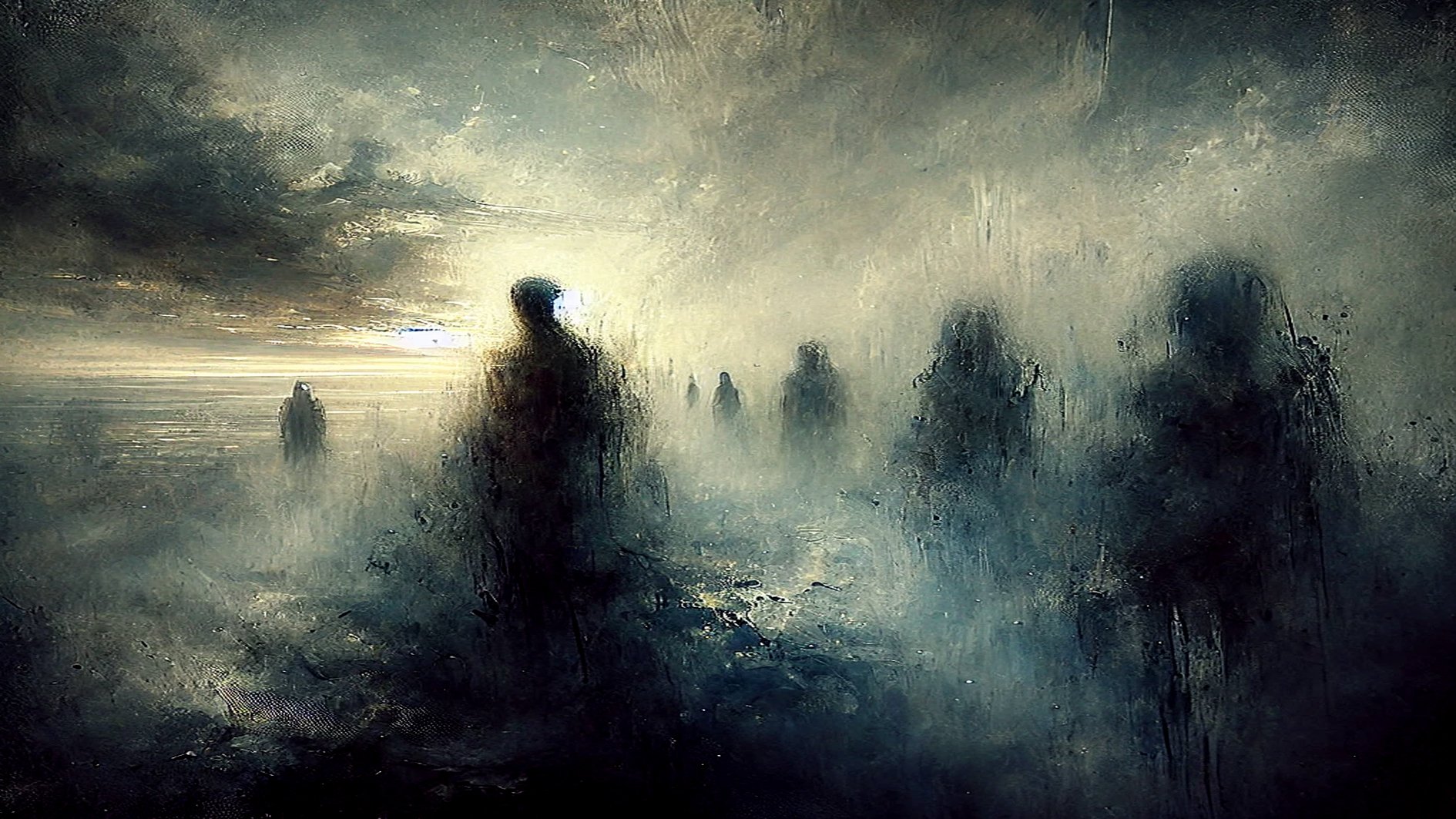
Echoes of Thrown Shadows
The Eternal Story
The story, which begins in Ancient Rome on the eve of Emperor Constantine’s conversion to Christianity, unexpectedly comes alive and becomes an invisible bridge across the abyss of time, linking past eras with our world after the coronavirus pandemic.
The shadow of a military commander, head of the emperors’ personal guard, tortured for his beliefs and his uncommon compassion for people in that era, casts itself upon our time. In the Middle Ages and the Renaissance, this figure became not only an embodiment of masculine beauty and loyalty but also a symbol of protection for soldiers, policemen, athletes, and "disobedient" children, as well as a safeguard against epidemics. His name has inspired politicians, writers, and artists worldwide—from America to Japan. Like an echo, it resonates in the souls of contemporary people and awakens them.
"Du siehst, mein Sohn, zum Raum wird hier die Zeit"
Saint Sebastian is a Christian martyr and a revered figure known for his unwavering faith and endurance under persecution. Traditionally depicted as a handsome young soldier pierced by arrows, he became a symbol of courage, resilience, and compassion. Throughout history, his image has inspired artists, writers, and thinkers worldwide. In "Echoes of Thrown Shadows", Saint Sebastian is one of the central figures whose legacy echoes through time, influencing the lives and choices of the characters, and symbolising the struggle between faith, power, and the search for meaning in a tumultuous world.
History, Art, and the Modern Era
This book is about the global history of art condensed into a single narrative and about Western civilisation, which not so long ago was predicted to be in decline. Here, the human being is presented to the reader in all the diversity of their nature, reflecting a world where notions of good and evil exist, but where they are blurred or perhaps completely unknown.
A mysterious figure, embodying a power which "constantly wills evil, yet constantly works good", appears at times in pagan Rome, then in modern-day Paris, Vienna, or Madrid, carrying the burden of centuries of suffering and secrets. His footsteps echo like a warning, foreshadowing an approaching storm. A seemingly innocent proposal to a contemporary person to study a famous theme in world art turns into a fateful ordeal. It appears to be merely an intellectual game, akin to "the glass bead game", but the stakes are far higher — the fate of the modern world and its values hangs by a thread.
On the pages of this book, a battle rages not for the future but for the present. Each person — not only the participants but also the unwilling witnesses of events — is forced to hide their motives behind masks of politeness and charm. Yet beneath these masks lies darkness, born of the desire to survive at any cost, driven by greed and ambition.
"La Peur en Occident"
We want to believe we live in safety, pretending everything is under control, but in secret, we feel a deep anxiety and prepare for the worst. Our world is always teetering on the brink of war, and our faith in progress, artificial intelligence, technology, or government often turns out to be an illusion, masking underlying fears and uncertainties.
The echoes of the past and the future intertwine, and the reader must confront the darker side of human nature, struggling for life or power, which ultimately shapes reality.
East and West: Fighting for Human Energy
This book is about the present, about the questions a person of European culture asks themselves while trying to understand the world and their place within it. European culture is not just a part of the global culture; it is an entire worldview, a dream of humanity, where energy becomes the central theme.
Energy is not only about resources like oil or gas but primarily about human potential. How to preserve and mindfully use this energy, without merely appropriating it—since appropriation inevitably leads to its destruction—is a fundamental concern of European culture.
The text also addresses the dichotomy between the East and the West. Eastern people often point out that Westerners have "appropriated" yoga and other Eastern practices. Yet, for the Western person, it is crucial not to see them merely as a way to "detach from the world" but as a knowledge that allows a person of Western culture to activate all the possibilities of their body and make every string of their soul resonate while remaining "in the world," in real life. Not nirvana, but an active transformation of oneself and the world in the name of goodness and justice.
A historical novel,
documentary chronicle,
travel guide,
fiction thriller,
political detective, and
love tale
all in one,
"Echoes of Thrown Shadows" invites you on a thrilling journey where your usual perceptions of reality may be upended. Prepare to see the world from a new perspective and perhaps uncover true beauty and truth, securely hidden from the uninitiated in the shadows. But shadows are cast only in the light, which means that if we can see them, there is light and hope that behind every challenge and danger lie opportunities for growth, transformation, and the realization of true values.
